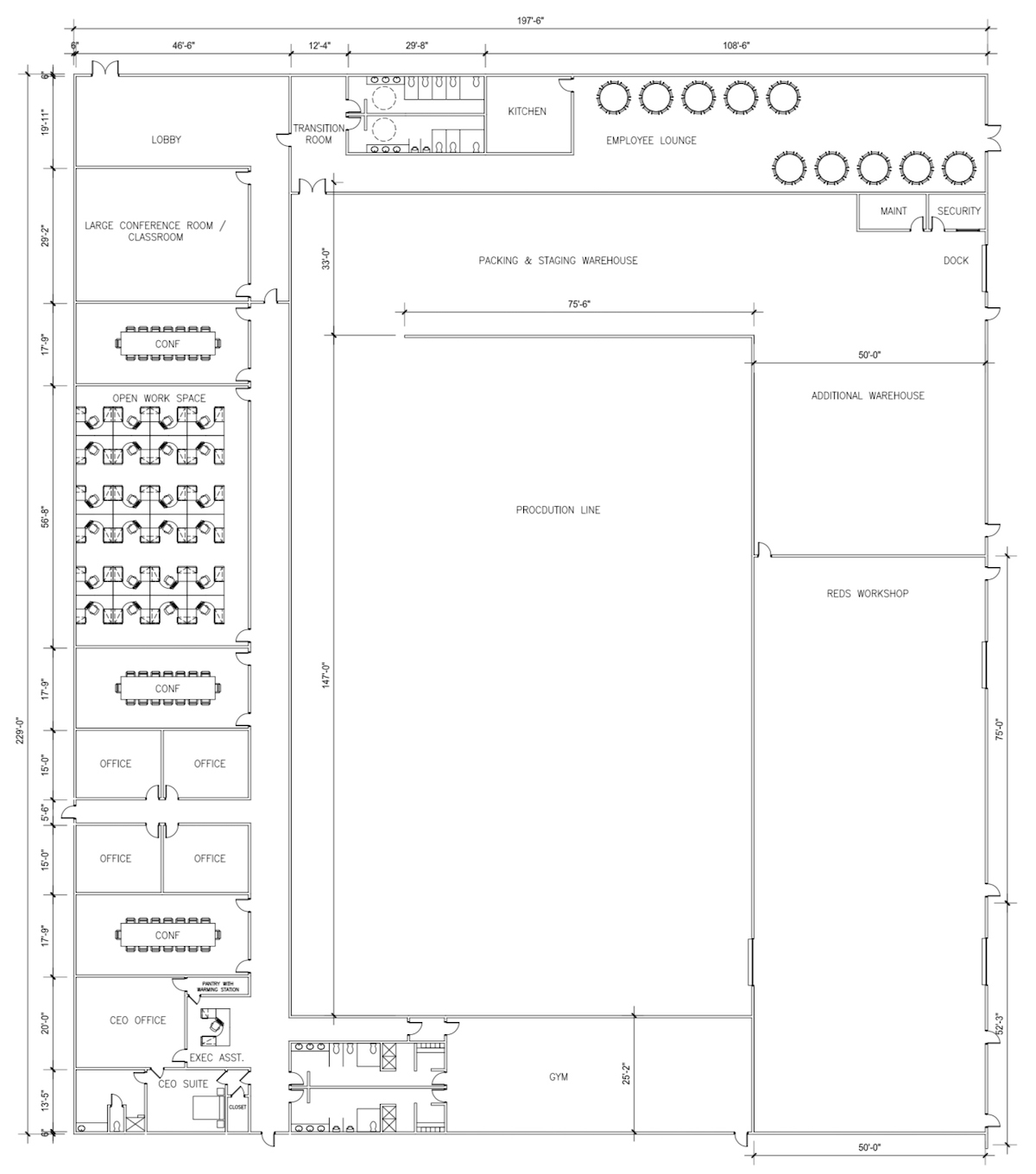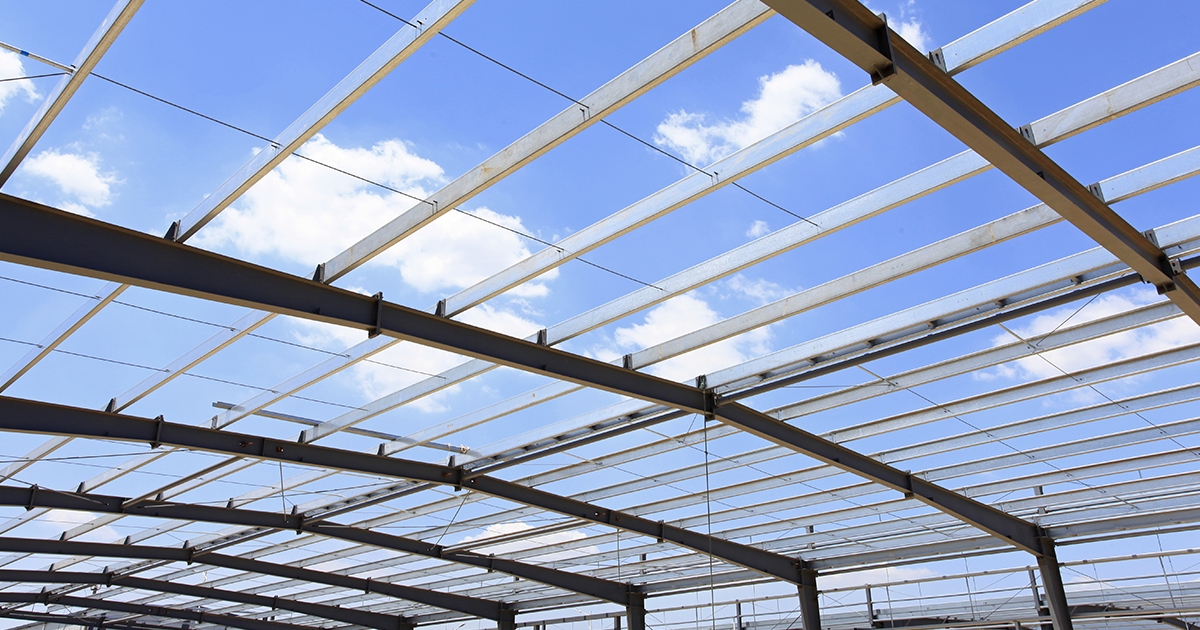Essentially, Florida’s building codes are a collective ‘statement’ on what is and is not safe for those who use or live in buildings constructed within state lines.
In other words, Florida’s building codes contain all of the building safety rules and regulations that Florida has set forth in an effort to maintain safe, functional buildings throughout the state. These codes are developed and distributed by the Florida Department of Business and Professional Regulation, or DBPR.
So, what buildings are regulated by these codes, and does their location or intended use matter at all? The answer is all of them.
According to FloridaHousing.org, the fifth and newest edition of the Florida building code compilation covers the “design, construction, erection, alteration, modification, repair, and demolition of any public and private buildings, structures, and facilities in the state.”
That pretty much covers everything.
By ensuring that newly constructed buildings are ‘up to code,’ the state of Florida safeguards its population. In this way, building codes are immensely helpful for the public.
But, they can be a hassle for builders.
It’s a fairly well-known fact throughout the metal building construction industry that Florida has some of the most stringent building codes found anywhere in the United States. This leads many contractors to ask the question, ‘why’?




